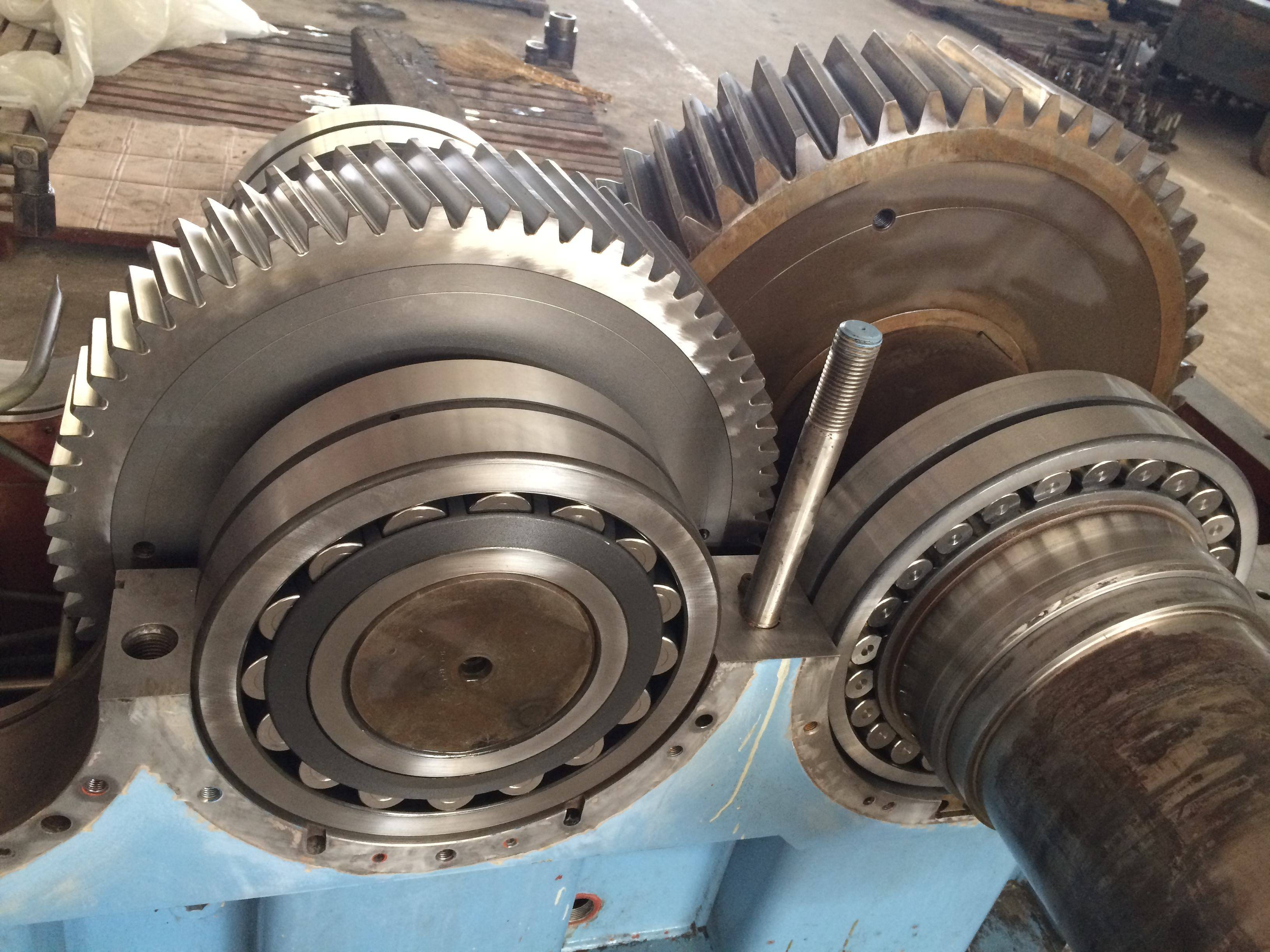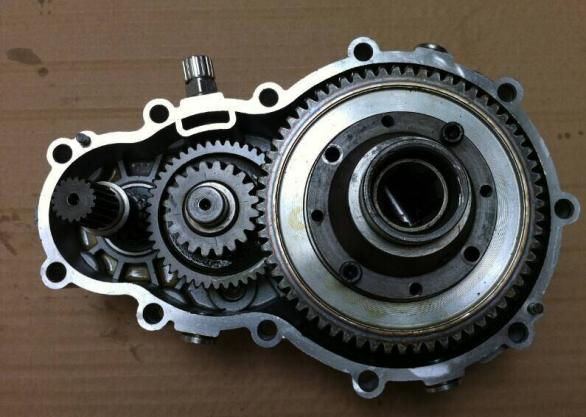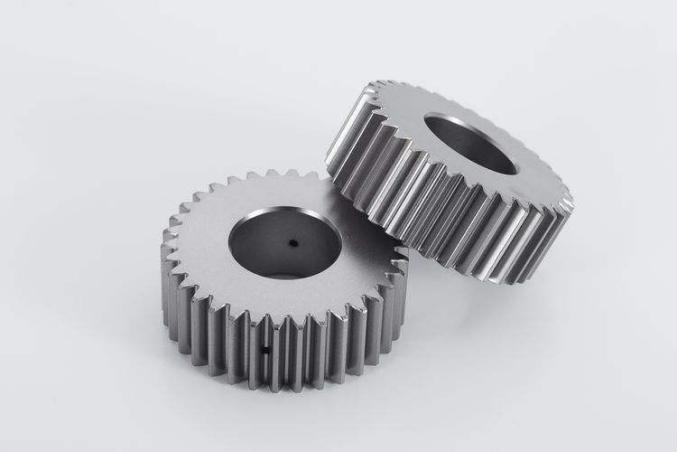
What Are The Symptoms Of A Broken Car Transmission Gear?
Publish Time: 2025-09-30
In a car's powertrain, transmission gears are an essential and core component. Through different gear ratio combinations, these gears smoothly and efficiently transmit engine power to the wheels, enabling functions such as acceleration, deceleration, and reverse. Gear wear, breakage, or abnormal meshing can directly affect the vehicle's normal operation and even cause the vehicle to lose power. Below, we'll analyze common symptoms of damaged car transmission gears from multiple perspectives to help owners detect and address the problem earlier.1. Vehicle stops moving after shifting into gear—a typical sign of gear meshing failureWhen transmission gears are damaged, the most immediate symptom is the vehicle's inability to move normally after shifting into gear. For example, in an automatic transmission car, after shifting into D or R, the vehicle won't move forward or backward when the brake is released. Or in a manual transmission car, after shifting into first gear, the vehicle remains stationary when the clutch is released. This often indicates abnormal gear meshing or broken gears, preventing smooth power transmission.Gears transfer power through the meshing of their teeth. If a gear surface becomes severely worn, peeled, or broken, power will "slip," preventing it from being transmitted to the wheels. Gear damage can also cause the manual valve or hydraulic control system to malfunction, further exacerbating the problem. If a vehicle owner experiences this "gear-locking" phenomenon, they should immediately check the gears inside the transmission. Otherwise, driving the vehicle for extended periods could result in the entire transmission being scrapped.2. Unpleasant Odor Inside the Transmission – A Warning Sign of Gear Overheating and WearGears require transmission oil for lubrication and cooling during operation. Excessive friction between the gear meshing surfaces or poor lubrication can generate high temperatures, leading to a pungent smell of burning or metallic corrosion. This typically indicates gear wear, excessive tooth friction, or poor interlocking between the gear plates and friction plates.In automatic transmissions, in particular, gears rely on hydraulic oil for stable operation. If the hydraulic oil temperature becomes too high, it oxidizes and decomposes, producing an unpleasant odor and causing deterioration. This not only reduces lubrication effectiveness but can also increase gear mesh clearance, leading to problems like slippage and jerking. Over time, this can lead to the risk of "sticking" or "seizing" of the gear surfaces. If you notice an unusual odor in the transmission, you should immediately check the fluid level and investigate the gears for abnormal wear.3. Unusual Transmission Noise – The Most Intuitive Sign of Gear DamageWhile driving, if you hear a "buzzing," "clicking," or metallic "clanging" sound from the transmission, it often indicates varying degrees of gear damage or wear. Normal gear meshing should produce a smooth and even sound. However, gear wear, tooth surface chips, and gear fractures can cause an imbalance in the meshing between teeth, resulting in unusual noise.For example, if pitting or spalling occurs on the gear tooth surfaces, a sharp grinding sound may occur during acceleration or shifting. Worn gear bearings may be accompanied by a low, humming sound. Unusual noise not only degrades the driving experience but is also a key indicator that the gears are nearing the end of their lifespan. If you ignore this abnormal noise and continue driving, the gears may be completely damaged during high-speed engagement. In severe cases, the entire transmission may lock up, even threatening driving safety.4. Prevention and Maintenance - Key to Extending Transmission Gear LifeGears are high-precision mechanical parts, and damage is extremely costly to repair. Therefore, prevention and maintenance are crucial. First, drivers should develop good driving habits and avoid frequent sudden acceleration, hard braking, or prolonged high-load driving, as these increase the impact load on the gears and shorten their service life. Second, regularly change the transmission fluid that meets the vehicle's standards to ensure the gears are always well lubricated.In addition, drivers should regularly inspect the transmission for oil leaks, oil deterioration, unusual noises, and jerking. If signs of gear wear are detected, the vehicle should be promptly serviced to prevent minor problems from escalating into major failures. Only through careful maintenance during daily use can gear damage be effectively prevented and the stability and safety of the vehicle's powertrain be guaranteed.



